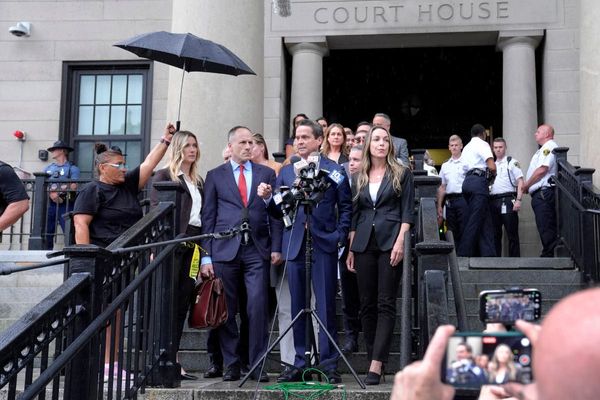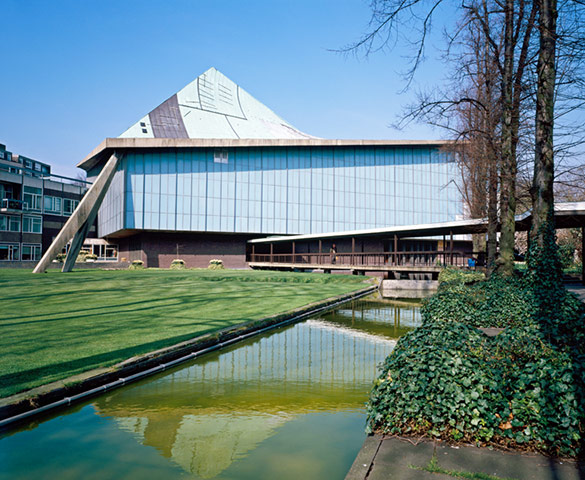
Sir Robert Matthew, Johnson-Marshall and Partners, 1962
The Commonwealth Institute, with its perky tent-like roof, is an example of the more easily likable buildings that are more likely to be listed. It also presses sentimental buttons, for those who find the flawed idealism of the Commonwealth touching. It is therefore protected, but it also demonstrates that listing does not mean buildings have to be preserved wholly intact. It was for years exceptionally difficult to find new uses for it. The plan now is to make it into the new premises of the Design Museum, with demolition of large parts thought relatively dull, and substantial changes to the rest Photograph: Arcaid Images/Alamy
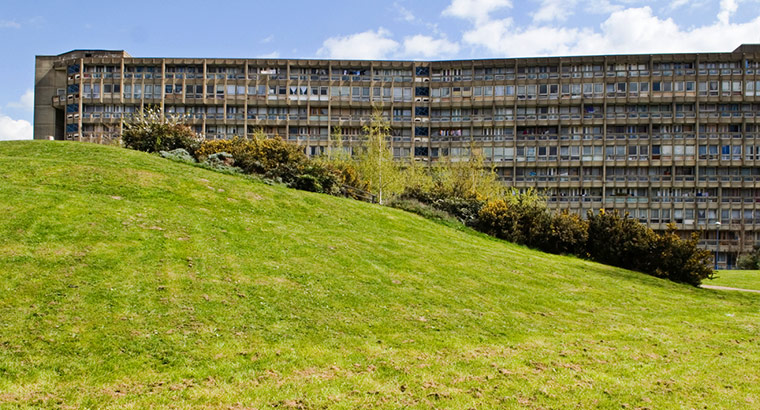
Alison and Peter Smithson, 1972
There is nobility about Alison and Peter Smithson’s east end housing estate and its consideration of form and detail. In strong light, with deep shadows, its massive form is magnificent. It is the only thing of weight, intent and purpose in the flimsy trashscape around the Blackwall Tunnel in east London. The two cranked blocks that make up the project hold between them a mounded landscape that works well as an open space. It is due to be replaced by a new development with almost no positive qualities whatsoever. Yet for many people, the instinctive reaction to its solemn grey forms is a simple “Ugh!”, which is probably why, despite a persistent campaign by leading architects, English Heritage’s commissioners refused to recommend it for listing Photograph: Alamy
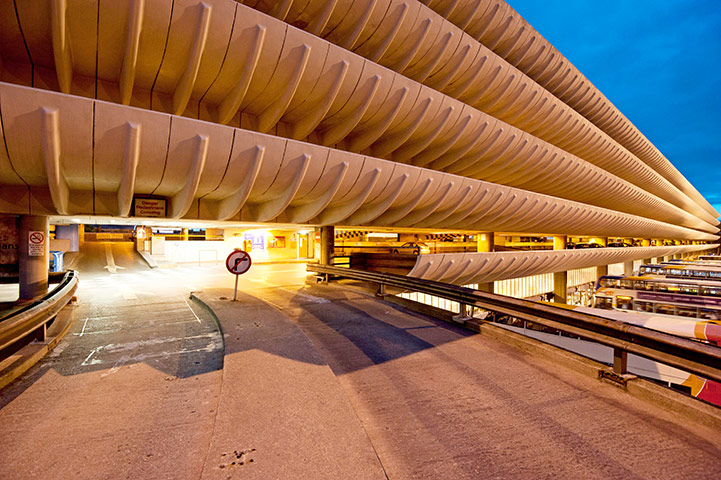
Building Design Partnership, 1969
Preston bus station is magnificent, with its decks of car parking, long as an ocean liner, curved at the edges in a nice expressionist touch. Improbable ramps, teetering and looping, take cars up to the decks, while underneath are well-proportioned halls. An essential, unsung part of daily life is given dignity. Nor is this one just for connoisseurs and wonks: it was voted the best building in Preston in a newspaper poll. None of which was enough to save it. Labour’s concrete-hating minister Margaret Hodge refused to list it, a decision confirmed by her coalition successor, John Penrose. It is now due to disappear beneath a £700m retail complex, despite the fact that Preston has plenty of underused sites and ugly buildings more worthy of redevelopment Photograph: Paul Melling/Alamy
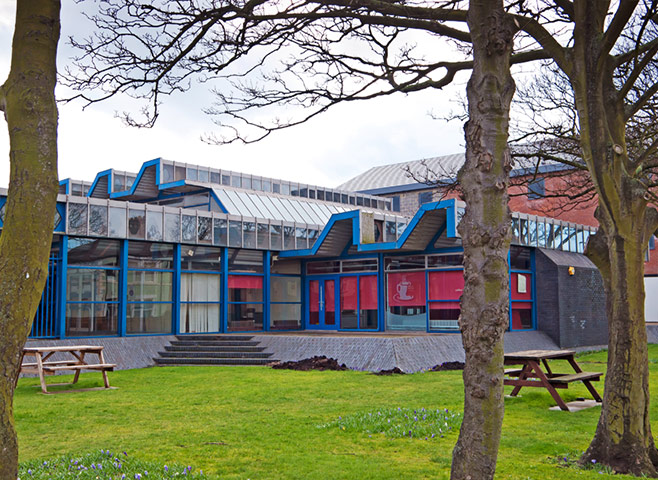
br>Ahrends, Burton and Koralek, 1971
The same story keeps repeating itself: a local authority’s attempt at civic pride and distinctiveness is set to be destroyed by a later generation of councillors, in favour of a generic, could-be-anywhere new development, in this case a leisure complex. Redcar library was designed by an up-and-coming practice to use and show off local steel. The result is a robust building but also an airy one, generously lit from above, with quirky details. Supporters of demolition say it leaks copiously; supporters of listing say this is exaggerated and that refurbishment would be more economical than rebuilding. English Heritage recommended listing, the government turned it down and the Twentieth Century Society is fighting a last-ditch battle for a reprieve Photograph: Alamy
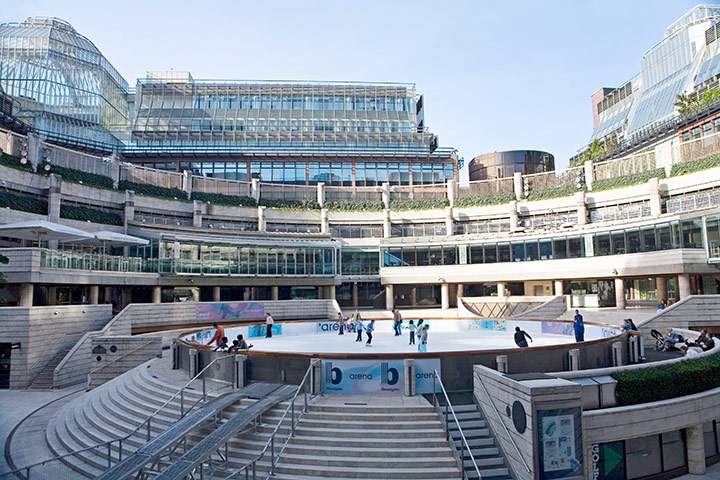
Arup Associates and Peter Foggo, 1984-88
In one corner, the might of UBS, the sort of gigantic financial institution the City of London is desperate to keep happy. In the other, the scholarly types at English Heritage who argue (probably, as their advice is not yet public) that this composition of office buildings from the big bang in the 80s deserves to be protected from the big, shiny, new headquarters UBS wants to build there. It’s a frustratingly polarised argument, as what matters about Broadgate is that its principles – of a unified set of buildings and spaces - rather than individual buildings be preserved. Also that something less clodhopping than the current UBS plan is built. But if listing is the only way to improve the latter, then listed it should be Photograph: PSL Images/Alamy
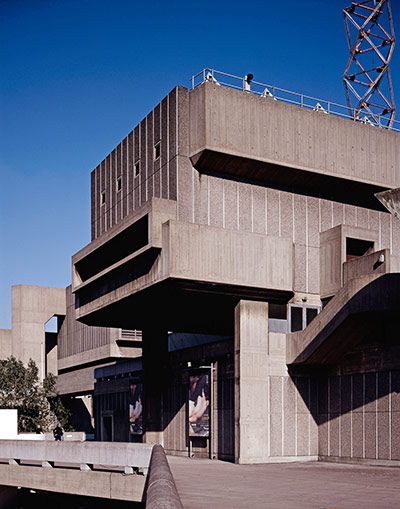
GLC Architects Department, 1967
English Heritage has proposed these two buildings for listing in 1992, 1998, 2006 and 2010, and each time the minister of the moment has rejected them. Yet by any standards these buildings, created by a set of bright sparks working for the Greater London Council, are of architectural and historic significance. Their bracing cliffs and plateaus are not everybody’s cup of tea but, even in its current unloved, ill-treated state, the complex is looking better and better in comparison with the retail slop that has engulfed other parts of the South Bank. At its best, it makes you more awake, alert and aware of the city and river outside and the art and culture within. Exhibitions in the Hayward are hard to mount, but they are usually more memorable than in more docile spaces Photograph: Arcaid Images/Alamy
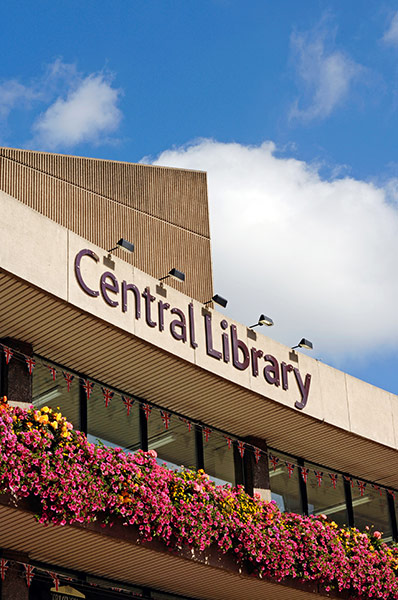
John Madin, 1974
Birmingham Central Library was once subjected to Prince Charles’s derisive chortling (“Looks to me like a place where books are incinerated, not kept!”), but it has a gravitas that recent additions to the city fail to match. It’s severe, but does every building have to have the architectural equivalent of smiley faces? Its design displays skills, in the composition of form and mass, and light and shade, that most architects have now forgotten. Twice turned down for listing, it is due to be demolished in favour of a “mixed-use” development Photograph: AKP Photos/Alamy
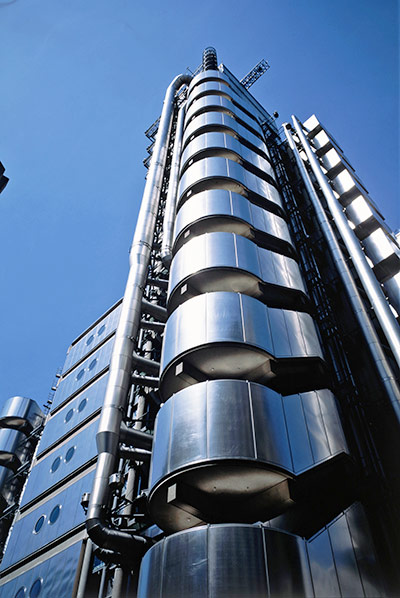
Richard Rogers and Partners, 1986
There is a rule that says buildings are only eligible for listing when they are at least 30 years old, unless they are both threatened and of exceptional quality. Richard Rogers’s Lloyd’s Building is highly likely to be listed. This is paradoxical, as the theory behind its design was that it could be rearranged with ease, being made up of components that could be added, taken away or modified at will. Listing would make any changes subject to detailed discussion with conservation officers and hard-to-get approval from planners. In practice, the building has always worked better as an amazing-looking monument than as an instrument of spontaneity and listing would consecrate this fact Photograph: Sean Aidan/Corbis
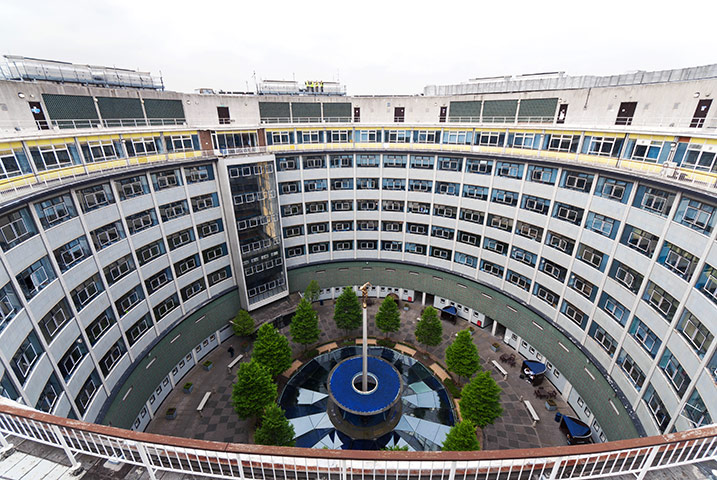
Norman and Dawbarn, 1960
By no stretch of the imagination is BBC Television Centre the finest work of architecture on these pages, but it is the only one to be listed. It is not especially brave, or innovative, or thoughtful, and its details are tame versions of a style that was already looking dated when it opened. It does, however, have one memorable feature: its courtyard in the shape of a perfect circle, which generates an interior of endlessly curving corridors. It is also the place where, when television became a national mass medium, such seminal programmes as Blue Peter and Doctor Who were made. It is for this reason that it is now considered a building of architectural and historic interest Photograph: Peter E Noyce/Alamy



